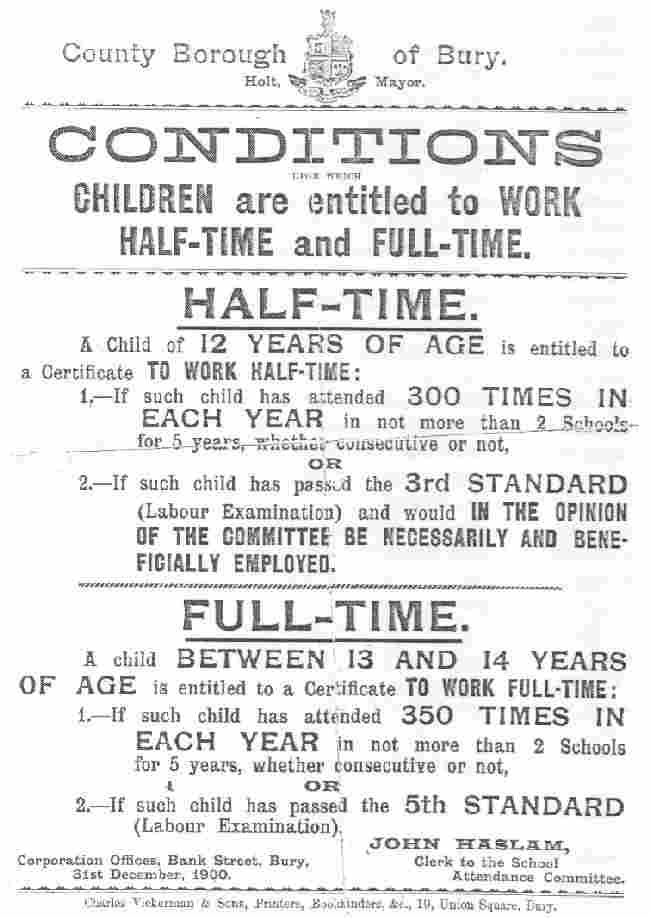
Figure 1.---The city council in Bury on Decembe 31, 1900 published these regulation concerning child labor. The system had become a little complicated. |

|
Factory workers were the first children for whom some education was compulsory, but amongst the last required to attend school full-time up to age 14. The 1844 Factory Act tried to balance the needs of education & industry. Children employed in textile factories (not silk), aged 8–13, were allowed to work: either 10 hours per day on 3 days per week, attending school full-time for the alternating days; or 6 ˝ hours per day, every working day (i.e. 6 days a week), while attending school for 3 hours each day except Saturday.
In order to work, half-timers had to produce a certificate of school attendance for the preceding week. Any shortfall in stipulated school hours had to be made up before paid work could be allowed. Thus there was a very real incentive to maintain good attendance and, since there was no requirement to send children who did not work to school, it was possible that children might only have started attending when they began in the mills in order to allow them to work. A popular chant of children was “No School, no mill; no mill, no money”. For these reasons, there were discrepancies in the ages children actually went half time; if they could be passed off as older, they were. The half-time system in textile factories soon came to be considered as the ideal model to be applied to other workplaces that employed children; it combined the benefits of education with early training for work. Half-timers also performed better at school than full-timers did because the regularity of their attendance compensated for the fewer hours. Therefore other occupations and industries adopted the half-time system: printing in 1845, bleaching & dyeing in 1860, lace in 1861, pottery, making matches, percussion caps and fustian cutting in 1864. The 1867 Factory Act extended it to virtually all non-textile factories and workshops. The 1874 Factory Act raised the minimum age of “half-time” employment to 10.
Navigate the Boys' Historical Clothing Web Site:
[Return to the Main English working boys page]
[Return to the Main activities page]
[Introduction]
[Activities]
[Biographies]
[Chronology]
[Clothing styles]
[Countries]
[Bibliographies]
[Contributions]
[Essays]
[FAQs]
[Glossaries]
[Satellites]
[Tools]
[Boys' Clothing Home]
